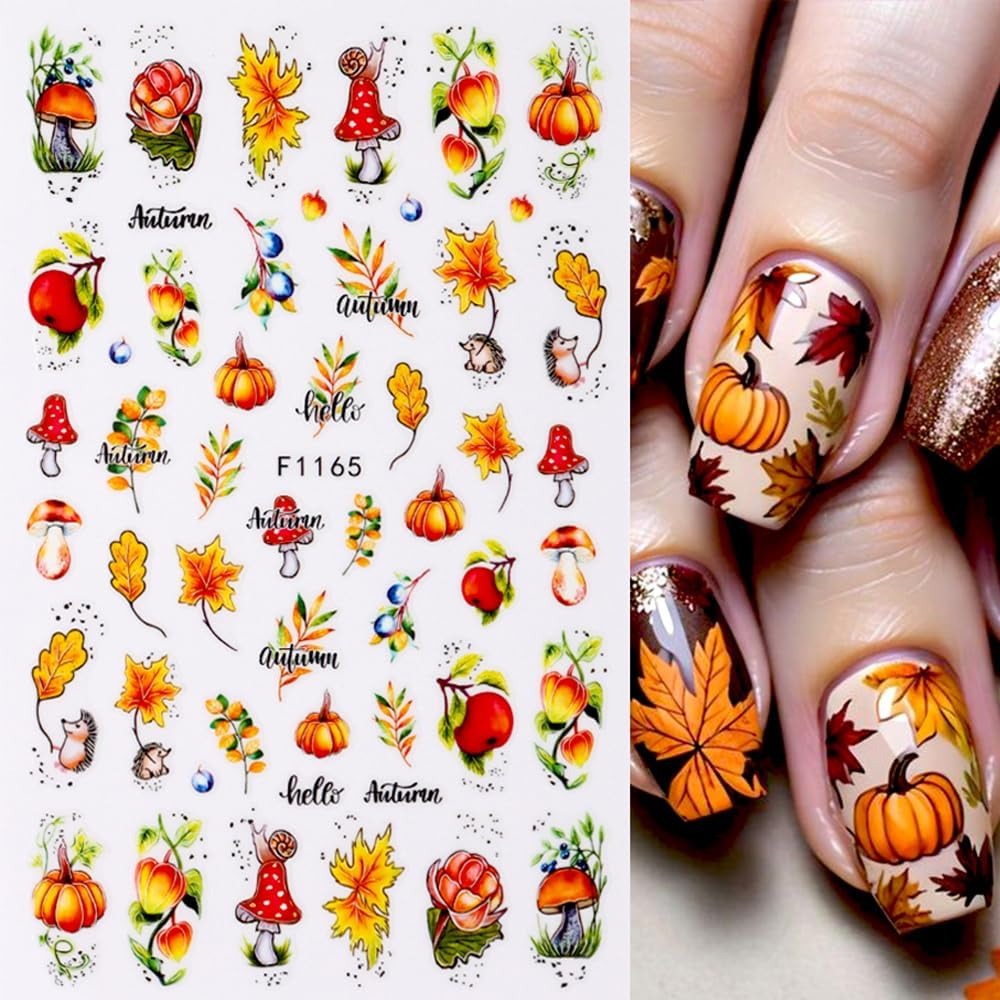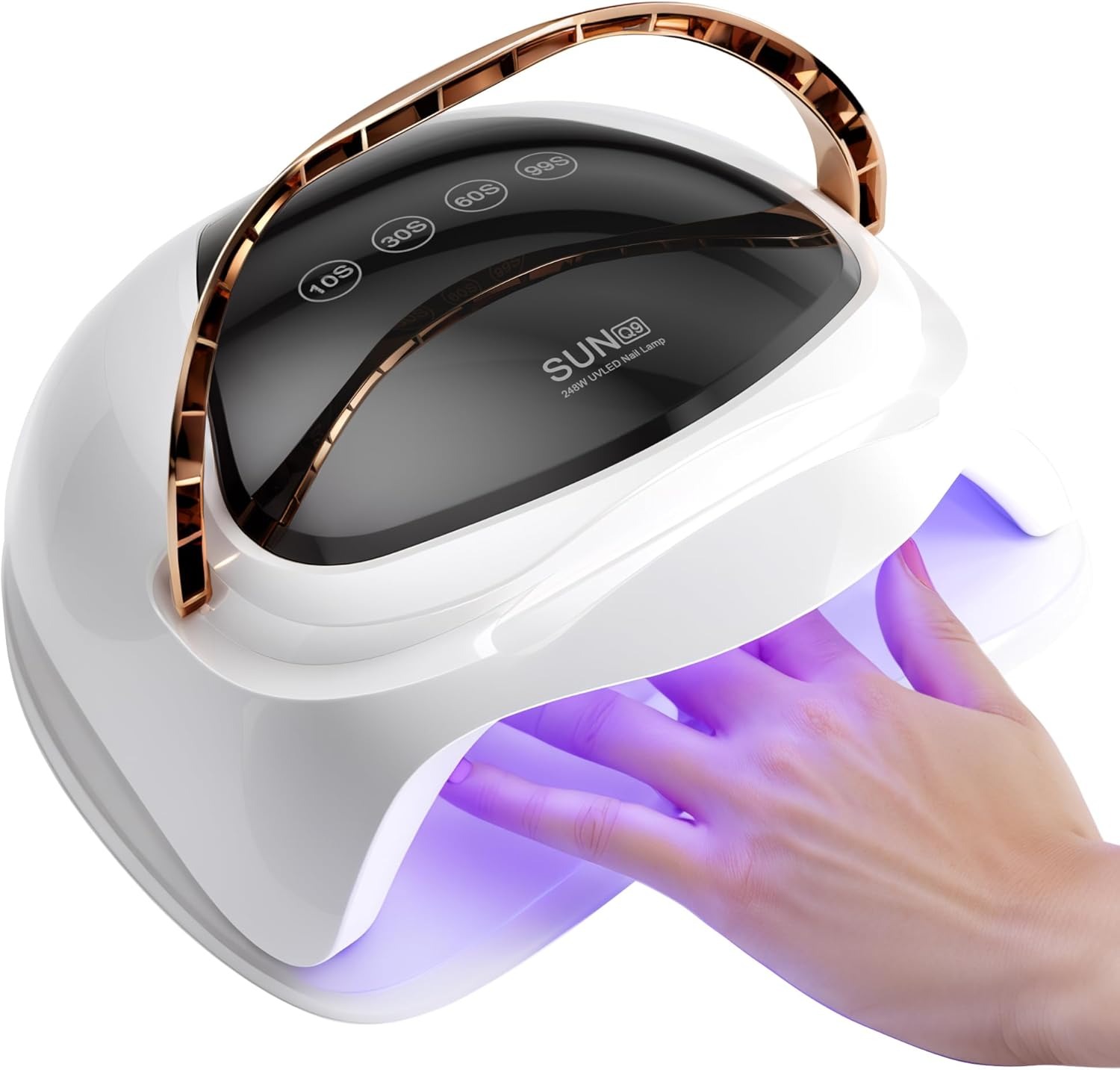Accidentally getting nail glue on your skin can be both frustrating and uncomfortable. Whether you’re a seasoned nail technician or a DIY manicure enthusiast, knowing how to remove nail glue from skin safely and effectively is essential. In this comprehensive guide, we’ll explore various methods to tackle this common issue, ensuring your skin remains unharmed and free from any adhesive residue. From household remedies to professional techniques, you’ll discover the best strategies to restore your skin’s natural beauty after a glue mishap.
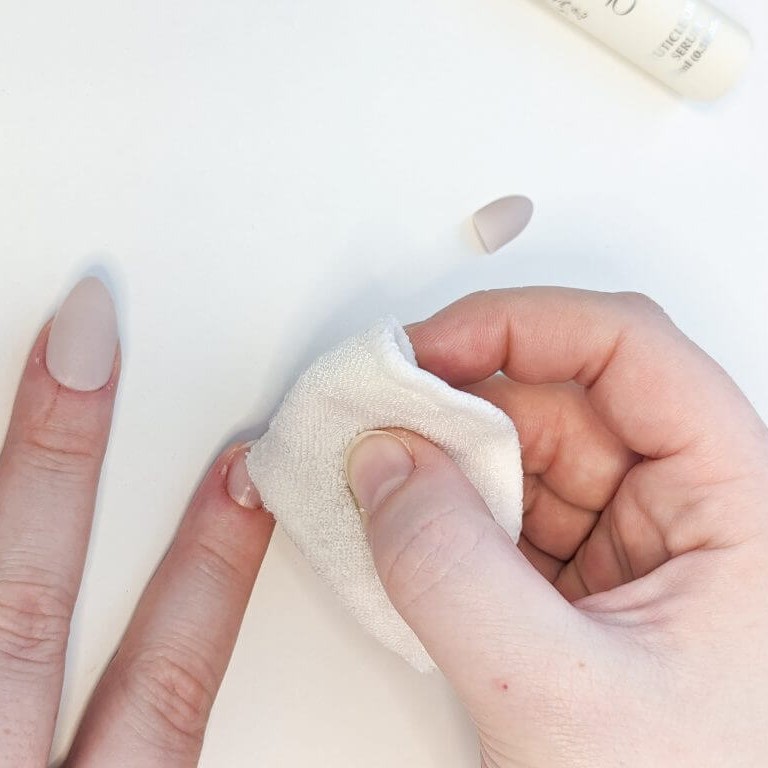 Understanding Nail Glue and Its Composition
Understanding Nail Glue and Its Composition
Before diving into removal techniques, it’s important to understand what nail glue is and how it interacts with the skin.
What is Nail Glue?
Nail glue, also known as acrylic adhesive, is a fast-acting bonding agent primarily used in manicures and artificial nail applications. Its main components include cyanoacrylate, which provides quick adhesion, and various solvents that help it dry rapidly. While incredibly effective for attaching artificial nails, these same properties can make nail glue difficult to remove once it comes into contact with the skin.
How Nail Glue Bonds to Skin
When nail glue touches the skin, the cyanoacrylate molecules react with moisture, causing the glue to harden and bond tightly. This chemical reaction is what makes nail glue such a strong adhesive for nails but also challenging to remove from delicate skin areas. Understanding this bonding process is crucial to selecting the most effective removal method.
Safe Methods to Remove Nail Glue from Skin
How to remove nail glue from skin? There are several approaches to safely removing nail glue from your skin. Each method varies in its effectiveness and the materials required, so it’s beneficial to try different techniques to see which works best for you.
Using Acetone-Based Nail Polish Remover
Acetone is one of the most common and effective solvents for dissolving nail glue. Here’s how to use it:
- Gather Your Supplies: You’ll need acetone-based nail polish remover, cotton balls or pads, and a mild soap.
- Apply the Remover: Soak a cotton ball with the acetone-based remover and press it onto the glued area. Allow it to sit for a few minutes to soften the glue.
- Gently Rub the Area: Using circular motions, gently rub the glue until it starts to lift off your skin.
- Wash and Moisturize: After removing the glue, wash the area with mild soap and water to remove any residual acetone. Apply a moisturizer to prevent dryness.
Note: Acetone can be harsh on the skin, so it’s essential to use it sparingly and moisturize afterward.
Warm Soapy Water Soak
For those who prefer a gentler approach, warm soapy water can be effective, especially if the glue hasn’t fully set.
- Prepare the Soak: Fill a bowl with warm water and add a generous amount of mild soap.
- Soak Your Skin: Immerse the affected area in the soapy water for about 10-15 minutes. The warmth and soap help to soften the glue.
- Gently Peel the Glue: Use a soft cloth or your fingers to gently peel the softened glue away from your skin.
- Rinse and Dry: Rinse the area with clean water and pat dry with a towel.
This method is less abrasive and suitable for sensitive skin, though it might require a bit more time and effort.
Using Petroleum Jelly or Oil-Based Products
Oil-based products can also help break down the adhesive properties of nail glue.
- Choose an Oil: Options include petroleum jelly, baby oil, olive oil, or coconut oil.
- Apply to the Affected Area: Generously apply the chosen oil to the glued skin.
- Massage Gently: Massage the oil into the glue using circular motions. The oil helps to loosen the glue’s bond with your skin.
- Wipe Away the Glue: With a soft cloth, gently wipe away the dissolved glue.
- Clean and Moisturize: Wash the area with soap and water to remove any oily residue and apply a moisturizer.
Using a Pumice Stone or Emery Board
For stubborn glue remnants, a pumice stone or emery board can be used with caution.
- Soften the Glue First: Begin by applying an acetone-based remover or oil to soften the glue.
- Gently File the Glue: Using light, circular motions, gently buff away the glue with the pumice stone or emery board.
- Avoid Over-Filing: Be careful not to irritate or damage your skin. Stop immediately if you experience discomfort.
- Clean and Moisturize: Wash the area thoroughly and apply a soothing moisturizer.
This method should be used sparingly to prevent skin irritation.
Utilizing Baking Soda and Coconut Oil
A natural alternative involves creating a paste with baking soda and coconut oil.
- Make the Paste: Mix equal parts baking soda and coconut oil to form a thick paste.
- Apply to the Glue: Spread the paste over the glued area and let it sit for about 5 minutes.
- Scrub Gently: Using a soft brush or cloth, gently scrub the area to lift the glue.
- Rinse and Moisturize: Rinse the paste off with warm water, dry the skin, and apply a moisturizer.
This method not only helps in removing the glue but also moisturizes and soothes the skin.
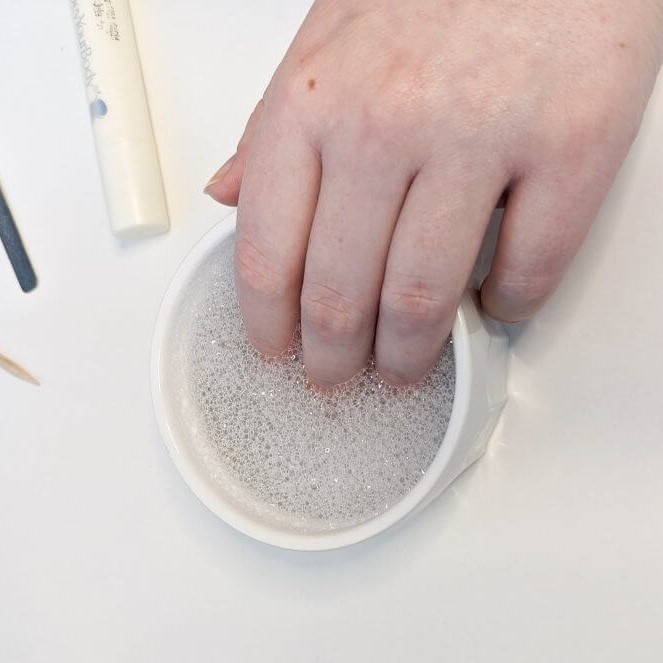 Preventing Nail Glue Accidents
Preventing Nail Glue Accidents
Prevention is always better than cure. Here are some tips to minimize the chances of getting nail glue on your skin in the first place.
Proper Application Techniques
Ensuring that you apply nail glue accurately can significantly reduce accidental spills.
- Use Precision Applicators: Utilize brushes with fine tips designed for nail glue to control the amount and placement.
- Apply Sparingly: Use only the necessary amount of glue to attach your nails, which decreases the likelihood of excess glue spreading to the skin.
- Work in a Clean Environment: Keep your workspace tidy to prevent accidental contact between the glue and your skin.
Protective Measures
Taking protective measures can provide an additional layer of safety during nail glue application.
- Wear Gloves: Consider wearing disposable gloves to prevent glue from adhering to your hands.
- Use Protective Barriers: Apply a thin layer of petroleum jelly around your nails before gluing. This creates a barrier that makes it easier to remove any accidental glue contact.
Immediate Action
If you do get nail glue on your skin, acting quickly can make removal easier.
- Don’t Panic: Stay calm and avoid pulling or tearing the glue off, which can damage your skin.
- Use a Quick Remediation Method: Immediately apply one of the removal methods discussed earlier to prevent the glue from setting firmly.
When to Seek Professional Help
While most nail glue accidents can be resolved at home, there are instances where seeking professional assistance is advisable.
Persistent Glue Residue
If you’ve tried multiple removal methods and still have glue stuck to your skin, it might be time to consult a professional. A dermatologist or a skilled nail technician can safely remove the glue without causing further irritation or damage.
Allergic Reactions
In rare cases, individuals may experience allergic reactions to nail glue. Symptoms may include severe redness, swelling, itching, or pain at the contact area. If you notice these signs, discontinue use of nail glue immediately and seek medical attention.
Skin Damage
If the glue has caused any significant damage to your skin, such as blisters or deep irritation, professional medical care is necessary to ensure proper healing and prevent infections.
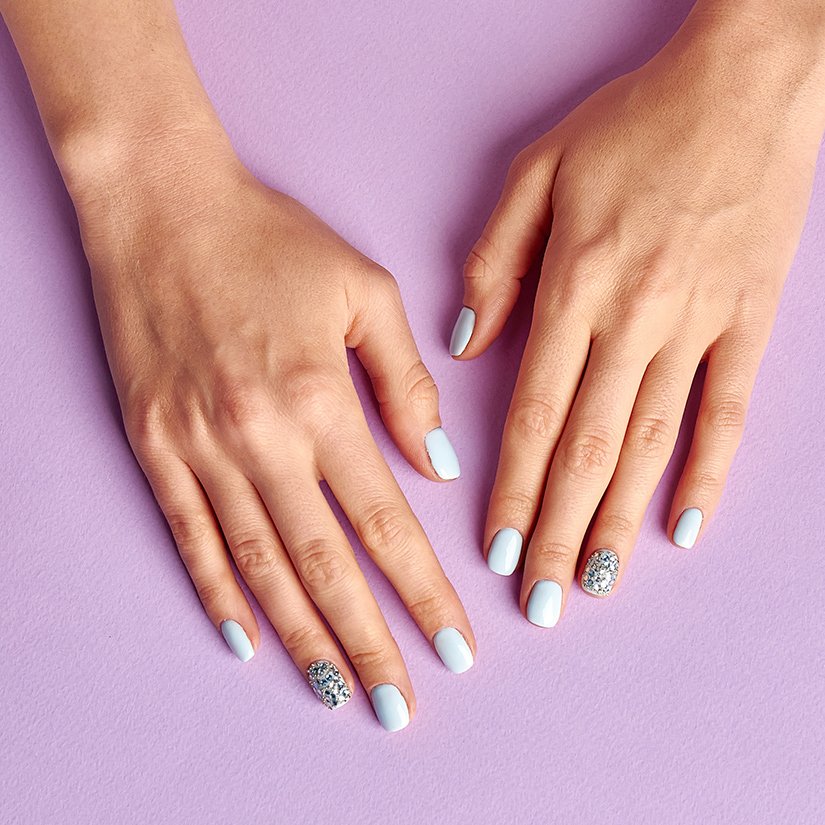 Maintaining Healthy Skin After Glue Removal
Maintaining Healthy Skin After Glue Removal
After successfully removing nail glue from your skin, it’s essential to care for your skin to restore its natural moisture and integrity.
Moisturizing
Applying a good moisturizer helps replenish any lost hydration and soothes the skin. Look for products containing ingredients like aloe vera, shea butter, or vitamin E.
Gentle Exfoliation
Once the skin has healed, gentle exfoliation can remove any remaining dead skin cells and promote new cell growth. Use a soft scrub or an exfoliating glove to lightly buff the area.
Protecting Your Skin
Prevent future accidents by protecting your skin during nail glue applications. Continue using protective barriers and ensuring a clean working environment to maintain skin health.
 Frequently Asked Questions About Removing Nail Glue from Skin
Frequently Asked Questions About Removing Nail Glue from Skin
To further assist you, here are answers to some common questions regarding nail glue removal.
Is Nail Glue Safe for Skin Contact?
While nail glue is designed for nails, accidental skin contact is generally safe for most people. However, some individuals may experience irritation or allergic reactions, making it essential to remove the glue promptly and carefully.
Can I Use Nail Polish Remover Without Acetone?
Non-acetone nail polish removers are less effective at dissolving nail glue. If you don’t have access to an acetone-based remover, oil-based products or warm soapy water provide alternative methods, though results may vary.
How Long Does Nail Glue Take to Set on Skin?
Nail glue typically begins to set within seconds and fully hardens in a few minutes. Prompt removal is recommended to prevent the glue from firmly bonding with your skin.
Can I Prevent Nail Glue from Sticking to My Skin?
Yes, applying a protective barrier like petroleum jelly around your nails before gluing can significantly reduce the chances of glue sticking to your skin.
What Should I Do If I Ingest Nail Glue Accidentally?
If nail glue is ingested, seek medical attention immediately. Do not induce vomiting unless instructed by a healthcare professional.
Alternative Adhesives for Nail Applications
If you frequently encounter issues with nail glue, you might consider alternative adhesives that are gentler on the skin.
Latex-Free Glues
Some nail glues are formulated without latex, reducing the risk of allergic reactions and skin irritation. These alternatives still provide strong adhesion but with improved skin compatibility.
Bio-Based Adhesives
Innovations in the beauty industry have led to the development of bio-based adhesives that are eco-friendly and safer for skin contact. These products often contain natural ingredients, making them a preferable choice for those with sensitive skin.
Gel-Based Adhesives
Gel-based adhesives offer a less tacky alternative to traditional nail glue. They provide firm adhesion without the same level of chemical bonding, making accidental skin contact less problematic.
 Conclusion
Conclusion
Accidentally getting nail glue on your skin is a common mishap, but it doesn’t have to be a persistent problem. By understanding how to remove nail glue from skin using safe and effective methods like acetone-based removers, warm soapy water, or natural oils, you can quickly restore your skin to its normal state. Additionally, taking preventive measures during nail application and knowing when to seek professional help can further protect your skin from adhesive mishaps. Remember, acting promptly and choosing the right removal technique are key to ensuring your skin remains healthy and free from unwanted glue residue.
